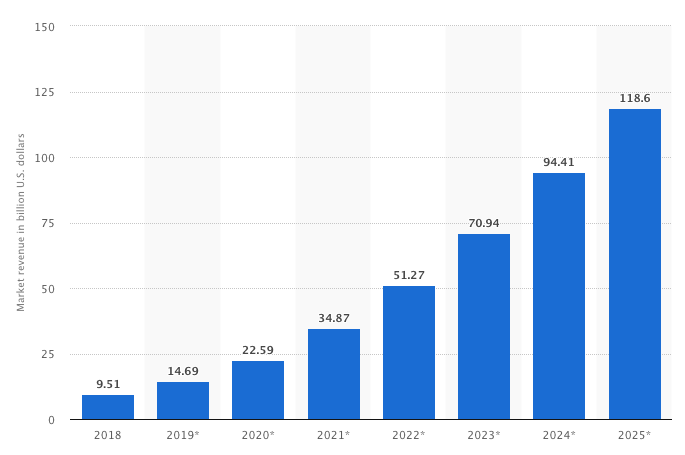摘要: Proceed with caution because, despite the potential risks associated with AI in the education system, the picture painted above is a beautiful one with a prosperous future.

What exactly isartificial intelligence (AI) and what business does it have in higher education? Simply put, AI is an attempt to emulate human knowledge by programming extensive rules into computers. Through machine learning and expert systems, machines can produce patterns within mass flows of data and pinpoint correlations that couldn’t possibly be immediately intuitive to humans.

The developmental capabilities and precision of AI ultimately depend on the gathering of data – Big Data. Where better to find a continuous stream of information than within the highly active and engaging community of students. In saying so, the application of AI within higher education brings to light a mutually beneficial relationship between the two.
The future of artificial intelligence benefits from this interaction by gaining access to mass data upon which to draw inferences, identify correlations and build on predictive analysis strategies. In the same vein, artificial intelligence; built on machine learning, has been found to promote student success, provide opportunities for professional development and create personalized learning pathways.
At first instance, this appears to be a constructive advancement in both fields. As with most things in life, one should always consider the negative externalities produced by our conscious and collective decisions. The artificial exploitation of student’s digital footprints is no exception. Unsurprisingly, the application of artificial intelligence in higher education is not without its perils. But is it possible that the far-reaching benefits in doing so, outweigh any unwanted effects?
AI Applications Within Higher Education
“Colleges Mine Data on Their Applicants”, says the Wall Street Journal in an article on the way some universities are using AI and machine learning to determine prospective students’ level of interest in their institution. Individuals ‘demonstrated interest’ was inferred based on their interactions with university websites, social media posts and emails. Thousands of data points on each student are being used to assess admission applications.
The application of machine learning in the case above is a classic example of its institutional use. Other uses extend to student support, which for example, makes recommendations on courses and career paths based on how students with similar data profiles performed in the past. Traditionally this was a role of career service officers or guidance counsellors, the data-based recommendation service arguably provides better solutions for students.
Student support is further elevated by the use of predictive analytics and its potential to identify students who are at risk of failing or dropping out of university. Traditionally, institutions would rely on telltale signs of attendance or falling GPA to assess whether a student is at risk. AI systems allow for the analysis of more granular patterns of the student’s data profile. Real-time monitoring of the student’s risk allows for timely and effective action to be taken.
AI possesses the capacity to assist with individual students’ pace and progress. Some educational software systems analyses students’ data to assess their progress and make recommendations based on their skillset. Aimed at training business leaders and the future personnel of the digital world, University 20.35 introduces the first university model that uses AI to create individual educational trajectories by tracking digital skills profiles.
At Staffordshire University, they have a chatbot called Beacon – happily on hand to assist with any queries its students may have.
The collection of Big Data on a students’ educational and professional background, combined with his/her digital footprint allows the intelligent machine to suggest the best development path. Each student at any given moment can make a decision on their next educational steps based on recommendations that take into account their digital footprint, that of other students and the educational content available to them.
.....
Full Text: SmartDataCollective
若喜歡本文,請關注我們的臉書 Please Like our Facebook Page: Big Data In Finance


留下你的回應
以訪客張貼回應